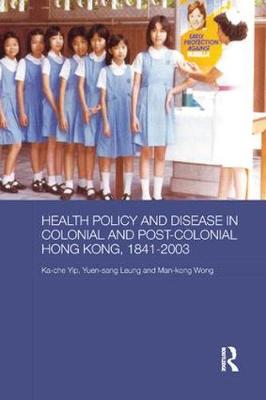(To see other currencies, click on price)
MORE ABOUT THIS BOOK
Main description:
Besides looking at major outbreaks of diseases and how they were coped with, diseases such as malaria, smallpox, tuberculosis, plague, venereal disease, avian flu and SARS, this book also examines how the successive government regimes in Hong Kong took action to prevent diseases and control potential threats to health. It shows how policies impacted the various Chinese and non-Chinese groups, and how policies were often formulated as a result of negotiations between these different groups. By considering developments over a long historical period, the book contrasts the different approaches in the periods of colonial rule, Japanese occupation, post-war reconstruction, transition to decolonization, and Hong Kong as Special Administrative Region within the People's Republic of China.
Contents:
1. Introduction 2. Disease-control Policies, 1841-1894: Colonial Priorities and Local Realities 3. Disease, Scientific Medicine, and Public Health: from the Plague Epidemic to the Early Twentieth Century 4. Disease, Industrialization and Wartime Destruction, 1920s-1945 5. Health, Disease Control and Post-war Construction, 1945-1960s 6. Epidemiological Transition and Disease Prevention, 1960s-1980s 7. Disease, Socio-economic Transformation, and Transition to Decolonization, 1980s-1997 8. Combating Global Epidemics in the Post-colonial State, 1997-2003 9. Conclusion
PRODUCT DETAILS
Publisher: Taylor & Francis (CRC Press Inc)
Publication date: December, 2017
Pages: 144
Weight: 453g
Availability: Available
Subcategories: General Issues, General Practice, Public Health

